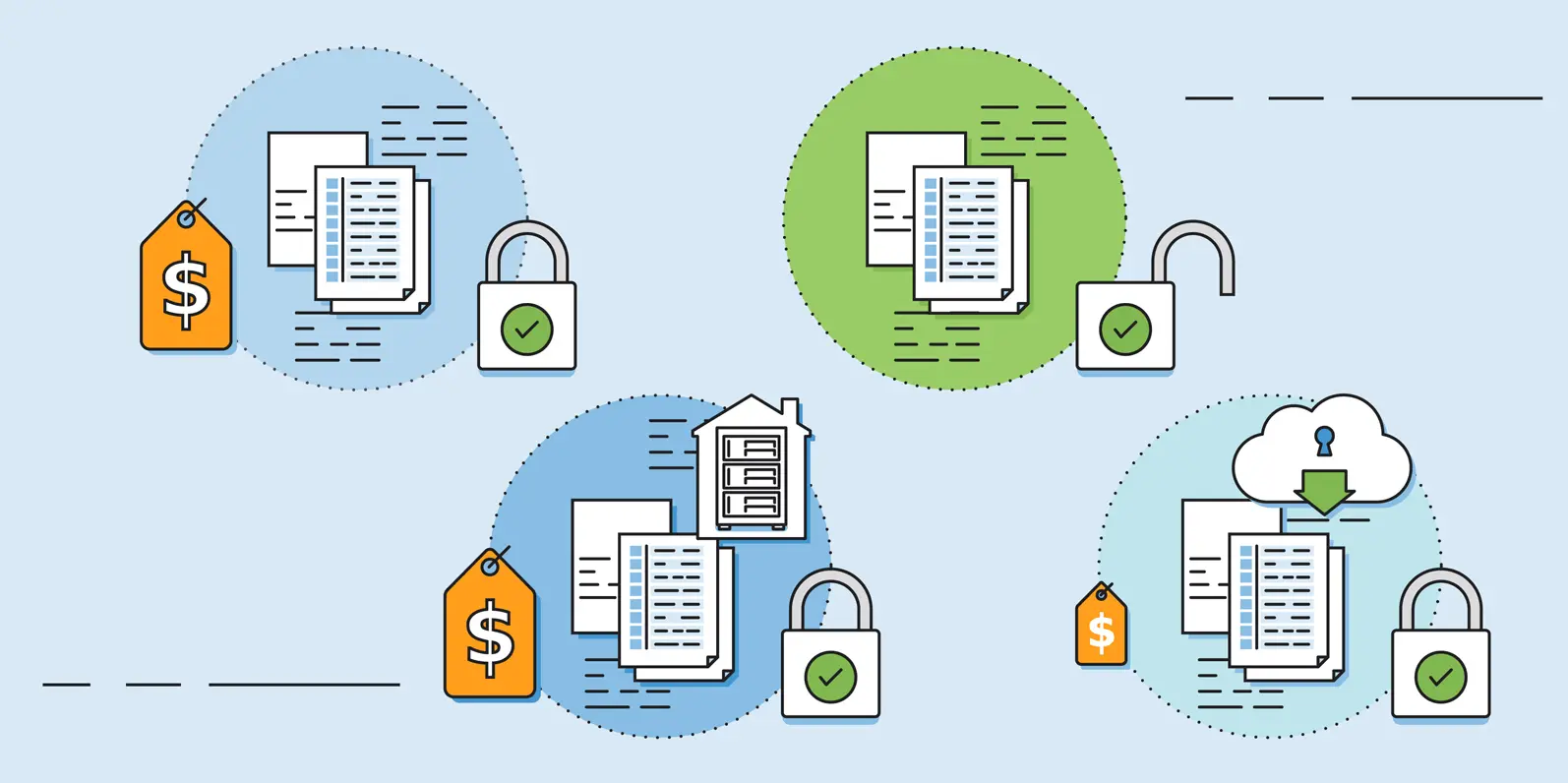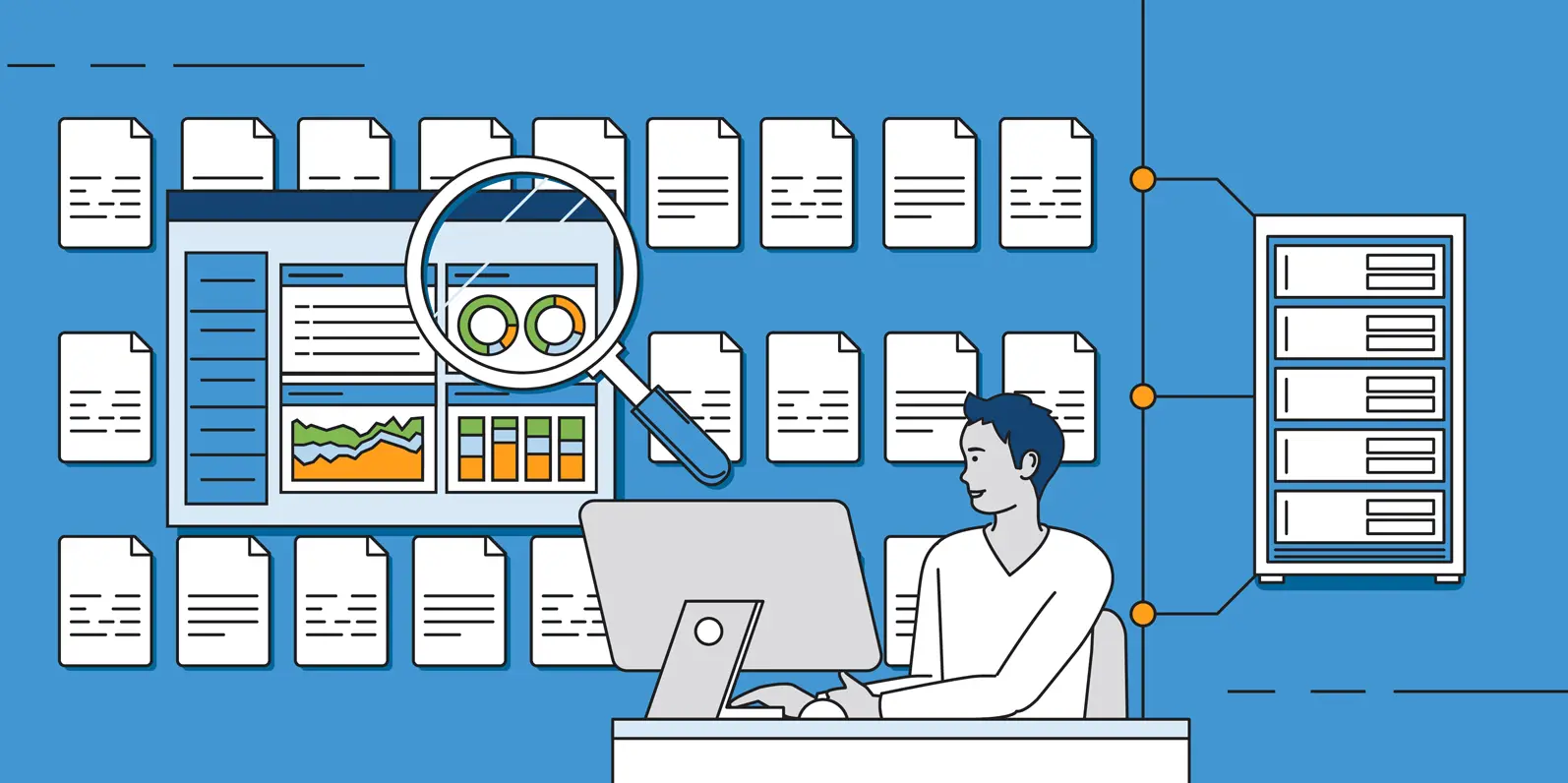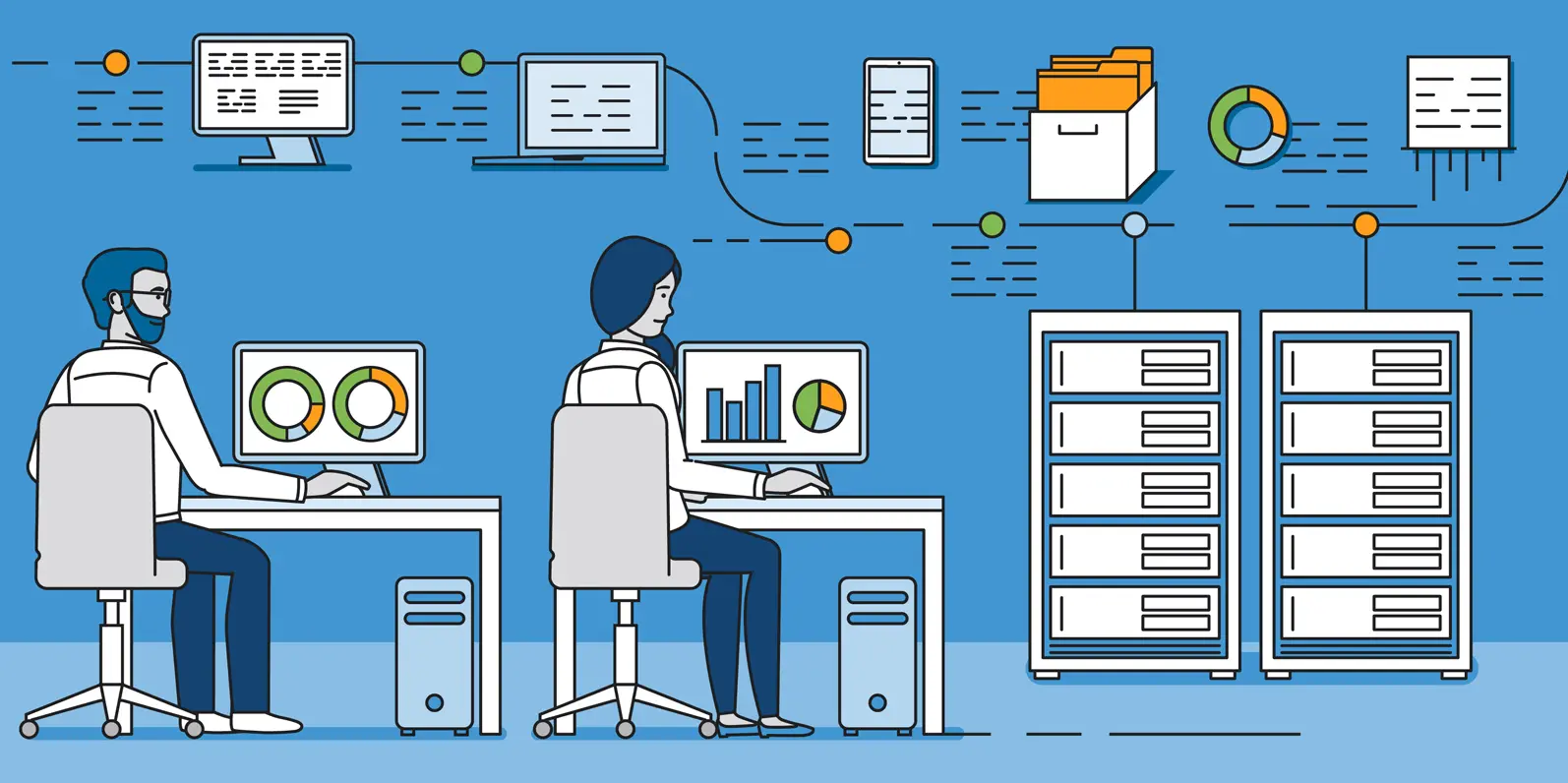Big Data Integration Tools

Data integration is essential for businesses for two reasons. The first of these is that data integration allows for more meaningful insight to be gathered from the data when it can all be viewed in one place. Secondly, data integration helps support data privacy by keeping all of the data unified and appropriately organized. This organization allows any destructive force or security flaw to be more easily traceable so that it can be fixed immediately.
According to Alooma, data integration is defined as “the process of combining data from different sources with the goal of providing a unified view of the combined data.”
Typically, this process is automated through the use of a data integration tool. In this section, you will learn about how data integration tools work and get a brief overview of the main data integration tools used across all industries today.
What is a Data Integration Platform?

Data integration tools are also called Data Integration Platforms. These platforms comprise a system of technologies that allow data to be collected from multiple sources and then sort that data. They also transform data so that it is unified; this creates interoperability.
The main purpose of a data integration platform is to centralize data so that it is more easily accessible, can be used more effectively, and so that all data management processes flow more efficiently. Using and monitoring these platforms is usually the responsibility of IT professionals within an enterprise.
Related post: The American Bureau of Shipping Navigates Data Privacy
Selecting the Right Data Integration Tools
Data integration tools play a vital role in ongoing data management so it is important to be selective when it comes to the tools you use. There are four main types of data integration tools that you can choose from.
Proprietary data integration tools are typically built to cater to the specific data management needs of a category of enterprises. These tools are sold as commercial products and the source code is closed so there is no way for any adjustments to be made from someone within a corporation. These tools must be purchased and are typically the most expensive option. The benefit of this type of data integration tool is that they come completely ready-to-use and often include support and service throughout the duration of the license.
Open-source data integration tools are free alternatives to proprietary tools. The source code is free to download, use, and edit based on the needs of your individual enterprise. The main drawback of this type of tool is that development is always ongoing. Critical things like updates, bug fixes, and improvements to the tools over time are created by the community of developers that use the software. There is no training or support for open-source software. The main attraction to this option is that there is no cost to the end-user.
Related post: You Really Can’t Get Around It – Data Privacy Is Data Governance
On-premise data integration tools are similar to proprietary tools in that they are purchased and typically include support and service. However, instead of being a licensed software that is available for download, they are installed directly on a local network or, sometimes, in a private cloud. The main drawback of this type of tool is that all of the data must be on-premise as well.
Cloud-based data integration platforms are growing increasingly popular because they tend to cost less than the other types of tools while still offering the same features. This type of tool also allows data to be integrated from various sources or locations faster. This model allows tools to be purchased on an as-needed basis and can also reduce system maintenance requirements throughout an enterprise.
Related post: Data Governance – Critical Data First
When you are trying to determine which data integration tool to use, there are a few factors that you would benefit from considering. Here are some great questions to ask yourself to help you make that decision:
- What data sources do I need to be supported by the platform I choose?
- Is the tool that I am considering adequately scalable based on the volume of data that will be collected?
- Does the tool offer the appropriate resources to keep data secure and maintain compliance with any applicable regulations?
- Do I need a tool that offers data availability in real-time?
- Does this tool offer the data transformations I need to keep all of my data consistent?
Common Data Integration Tools
Now that you know what types of tools there are and have a jumping-off point for selecting the data integration tool that suits your needs, let’s explore some of the most common data integration tools. The specifics of each tool can get very technical and do so quickly, so it is important to thoroughly understand the needs of your business before selecting the right fit for you.
IBM Infosphere Optim
IBM InfoSphere Optim is a full line of products from IBM that are designed to manage data through every stage in its lifecycle. IBM InfoSphere Optim Test Data Management is their closest solution to data integration. This tool is designed to extract data from multiple points and synthesize it into a test environment. This type of data integration is not a typical tool; however, it is used to compile and analyze test data across multiple sources.
Informatica
Informatica offers a selection data integration tools that function across multiple cloud platforms, hybrid platforms, or for solely on-premise data. The available products include Advanced Data Transformation, B2B Data Exchange, Connectors (PowerExchange), Informatica Integration Hub, PowerCenter, Enterprise Data Catalog, and Ultra Messaging.
These tools are designed to provide solutions for transforming data so that it can be consistent regardless of the source, can be integrated in a collaborative way with other businesses, move data in real-time, and more. What stands out about Informatica is the option to purchase each individual tool on its own rather than as part of a package. This allows users to only pay for what they need in terms of data integration.
Datastage
IBM InfoSphere DataStage is the official data integration tool offered by IBM. This is a cutting-edge tool that is one of the most highly regarded in the data integration space. This tool is designed to integrate data from across multiple cloud platforms as well as cloud hybrid platforms specifically for AI applications.
Apart from the robust features of this tool, what sets it apart is that it is heavily automated. Delivery pipelines are automated and this tool allows you the opportunity to essentially set it and forget it. Once you set the parameters for DataStage, you can run it anywhere. Data is also updated in real-time. The speed and intuitive functionality of this tool were crafted to maximize ROI for users.
Talend Data Studio
Talend is another option for data integration; it offers a suite of apps to choose from. There are several paid applications as well as an open-source option. The tools available include Cloud Integration, Data Integration, and Big Data Integration, along with several others. The Talend Big Data Integration Tool allows data processing from the cloud, hybrid sources, or on-premise.
There is an Open Studio option, which is the open-source version of the paid tools that Talend offers. There are also two paid options: The Big Data Platform and The Real-Time Big Data Platform. The only difference between these two has to do with how data is connected and updated within the system. They both offer a range of internal tools for productivity, management, collaboration, governance, and quality control.


